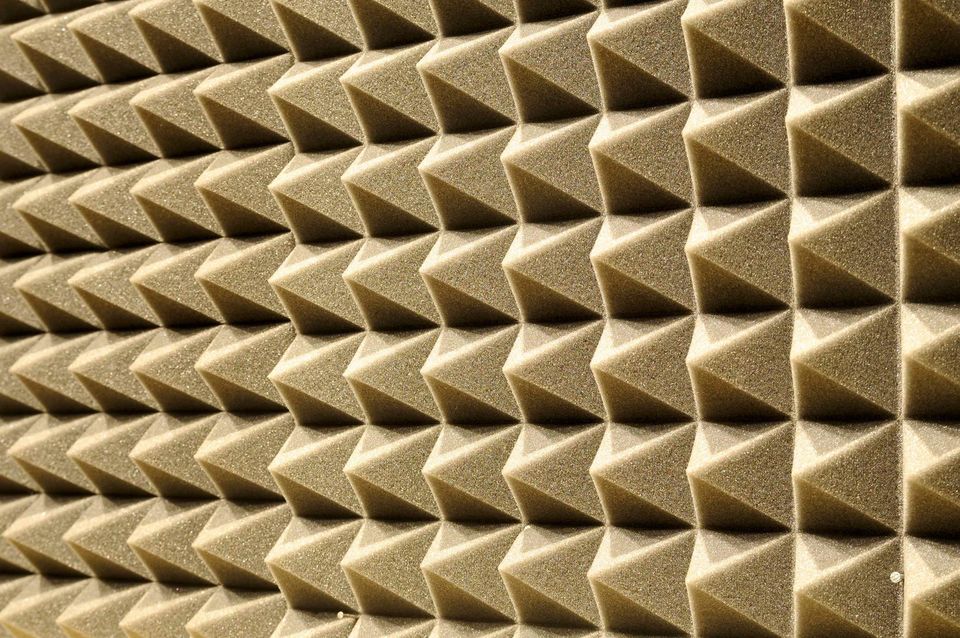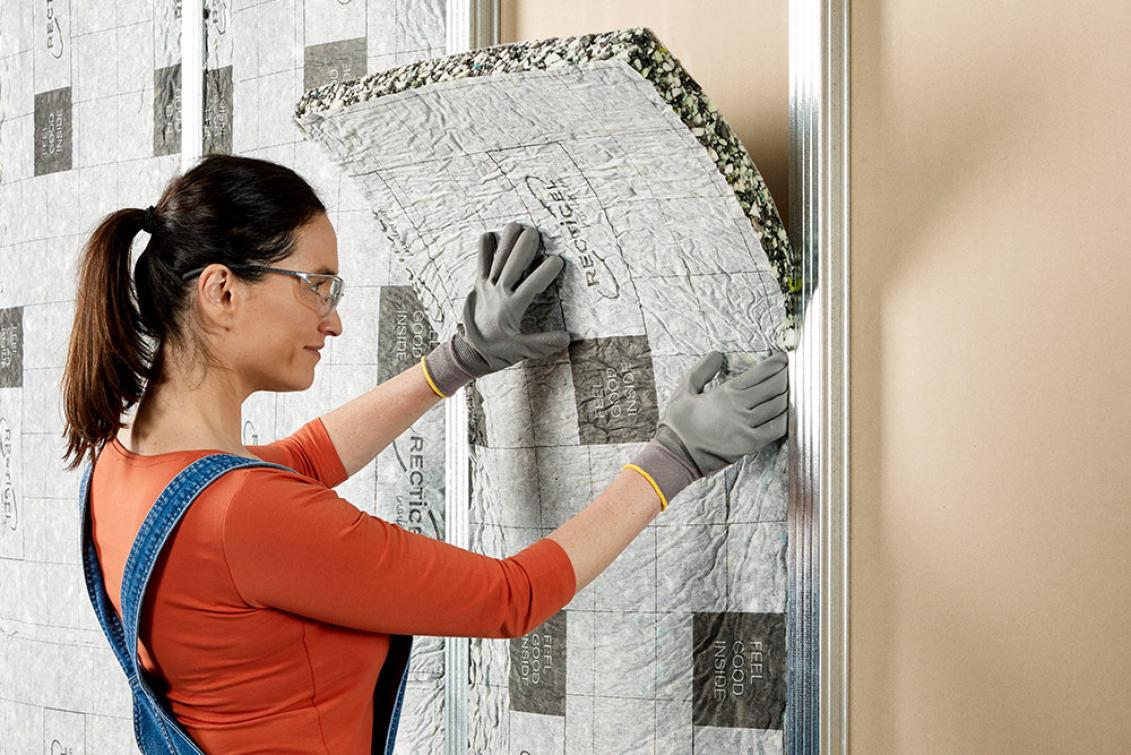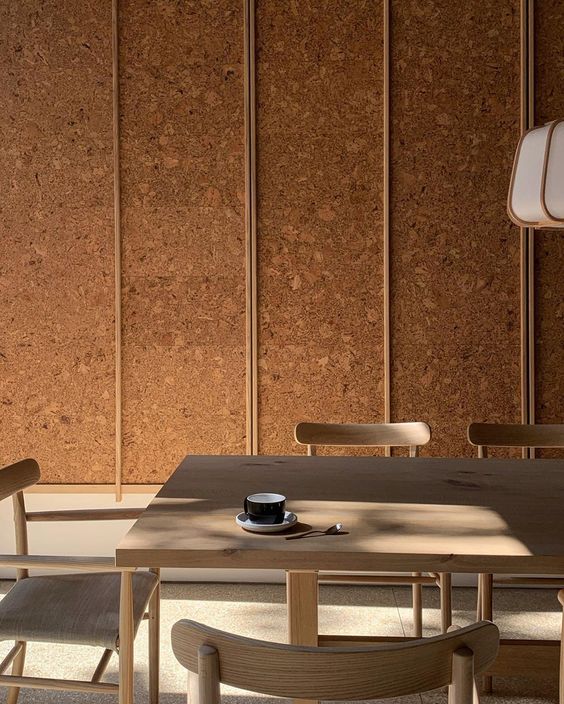Sound insulation refers to the ability of a material or structure to reduce the transmission of sound from one place to another. Its benefits are significant and can positively affect the quality of life and comfort in residential, commercial and industrial environments.
The quietness of our homes can easily be disturbed by outside noises such as traffic and pedestrian activity if the walls of the house are excessively thin or poorly insulated. Although it is difficult to avoid all noise in a city, installing sufficient insulation can help reduce the most noticeable nuisances.

WHAT ARE THE BENEFITS OF GOOD ACOUSTIC INSULATION?
1. Noise reduction: The most obvious benefit of sound insulation is the reduction of unwanted noise. This can include attenuation of noise from busy streets, airports, railroads, noisy neighbors, industrial machinery, etc. Provides a calmer and more relaxing environment.
Increased privacy: Helps maintain privacy in interior spaces, preventing conversations, music or noises from daily activities from being audible in other rooms or areas.
3. Improved concentration: it is especially useful in offices, classrooms or recording studios, as it helps to reduce distractions and create an environment conducive to work and learning.
4. Home comfort: In the residential area, it allows to enjoy a quieter and more relaxing home environment.
5. Compliance with regulations: there are regulations and building codes that require certain levels of sound insulation in residential and commercial buildings.
6. Health protection: Probably one of the most important benefits is the protection it offers against constant exposure to excessive noise that can have negative effects on health, such as stress, loss of sleep and hearing problems.

WHAT TYPES OF ACOUSTIC INSULATION ARE THERE?
There are several types of acoustic insulation designed to reduce sound transmission through structures or spaces. It is the architect’s responsibility to study each case to know which is the best solution for each project.
Vertical insulation:
- Acoustic gypsum panels: Gypsum panels with a special layer that helps absorb sound are used.
- Rock wool panels: They are installed to absorb sound and improve acoustic insulation.
2. Horizontal insulation:
- Carpets and rugs: Help absorb sound and reduce noise transmission.
- Acoustic foam panels: can be placed on the floor to reduce vibration.
- Acoustic tiles are installed in the ceiling to absorb sound and improve acoustic insulation in interior spaces.
- Hanging panels: like suspended acoustic panels, they are used in ceilings to reduce reverberation and noise.

3. Window insulation:
- Double glazing: Double-glazed windows or laminated glass reduce the transmission of sound from the outside to the inside.
- Weatherstripping and sealants: can be used around windows to reduce noise infiltration.
4. Door insulation:
- Solid doors: Solid doors, especially those with sound insulation cores, help block sound from one room to another.
- Gaskets and weatherstripping: The use of gaskets and weatherstripping around doors reduces sound leakage through cracks.

5. Structural insulation:
- Acoustical caulk: Used to seal joints and cracks in walls and ceilings, which helps prevent sound transmission.
- Floating mounting brackets: used to suspend structures, such as walls or ceilings, to reduce the transmission of impact noise.
In short, sound insulation is essential for creating a quieter and more comfortable environment in a variety of settings, from homes and offices to industrial facilities. It helps reduce stress, protect hearing health and improve people’s quality of life.
The types of acoustic insulation used will depend on the specific application and the level of insulation required. Combining several types of acoustic insulation may be necessary in some cases to achieve optimal results.

